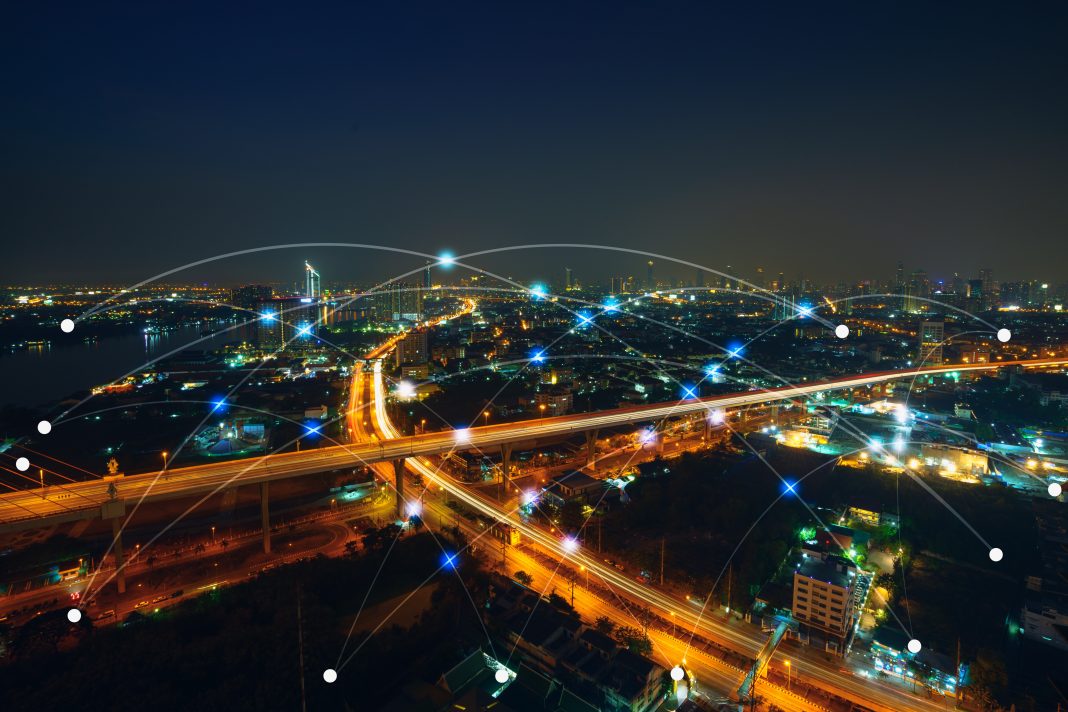Transformative urban digital twin and city modelling developments are expected to grow from a handful of early implementations to 500 by 2025, according to tech market advisory firm, ABI Research
The urban digital twin and city modelling paradigm are transforming how cities are designed, monitored, and managed.
Digital twins combine spatial modelling of the urban built environment, modelling of electrical and mechanical systems based on mathematical descriptions or deep learning informed training, and real-time sensor data derived from IoT platform solutions. The installed base of deployments is expected to grow from just a handful of early implementations in 2019 to more than 500 by 2025, according to ABI Research.
Dominique Bonte, vice president end markets at ABI Research, said: “Originally developed for industrial systems, the digital twin concept is now spreading to the smart cities environment.
“However, it won’t be a single Uber-like digital twin for an entire city but rather an aggregation and integration of domain-specific digital twins for systems like smart buildings, traffic infrastructure, energy grids, and water management.”
According to ABI Research, key use cases across verticals include the simulation of people movements and emergency evacuations, modelling of flooding risks, smart building design and energy management via occupancy tracking, road traffic modelling and simulation, air quality monitoring and prediction, modelling of green infrastructure and circular urban economies, and cyber threat analysis.
Cities which have already incorporated digital twins include; Newcastle, Rotterdam, Boston, New York, Singapore, Stockholm, Helsinki, Jaipur, and Amaravati.
However, challenges for adoption remain, mainly related to the complexity of city-wide modelling and the lack of standards supporting cross-vertical data exchange. Research suggests that other inhibitors include the lack of awareness about benefits and ROI, commercialisation challenges related to the siloed organisation structure of city governments, and concerns about consumer privacy and cyber threats.
Bonte added: “Just adding a thin layer of IoT tech on top of legacy infrastructure will no longer suffice to address the multiple challenges cities will face in the future.”














